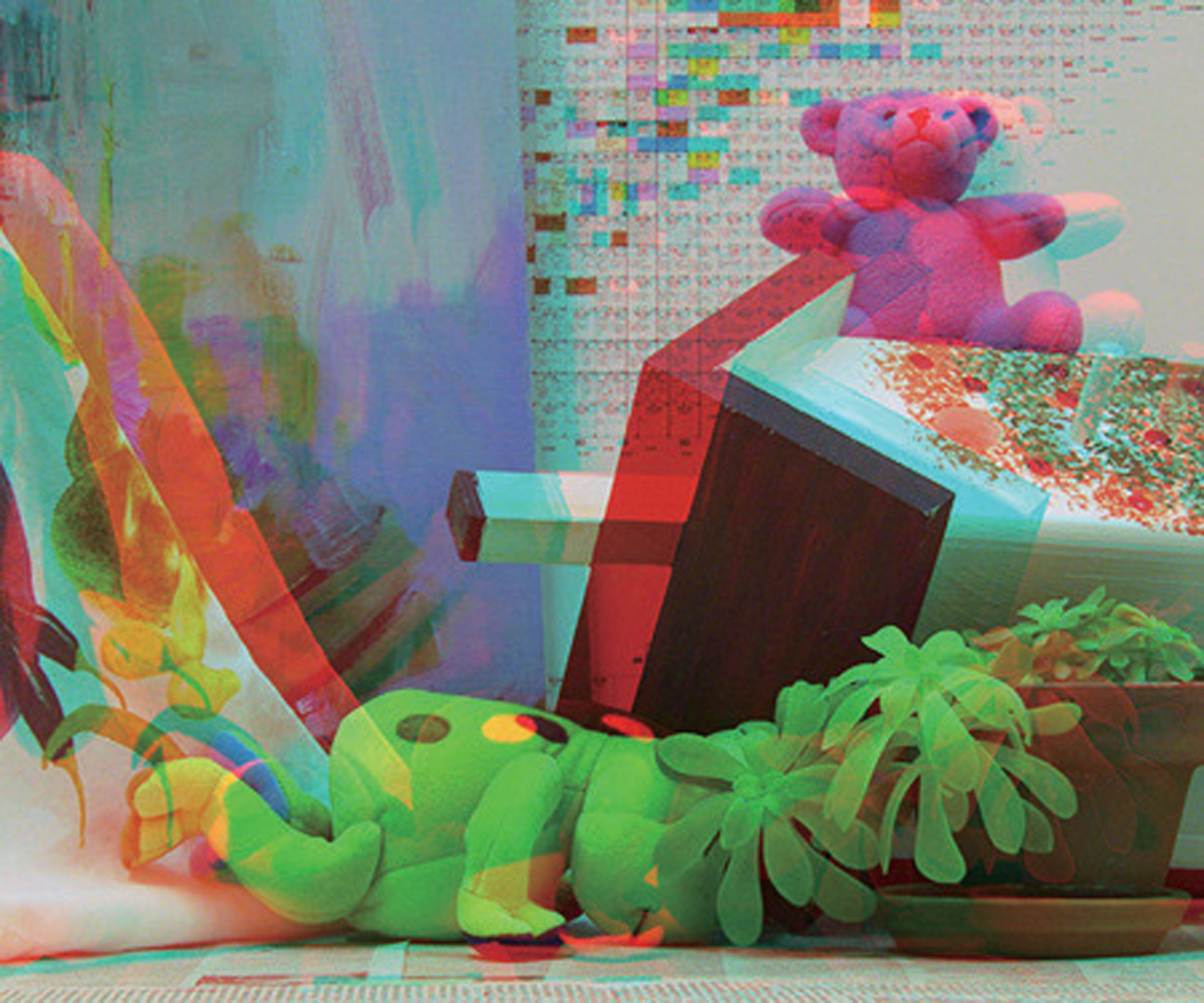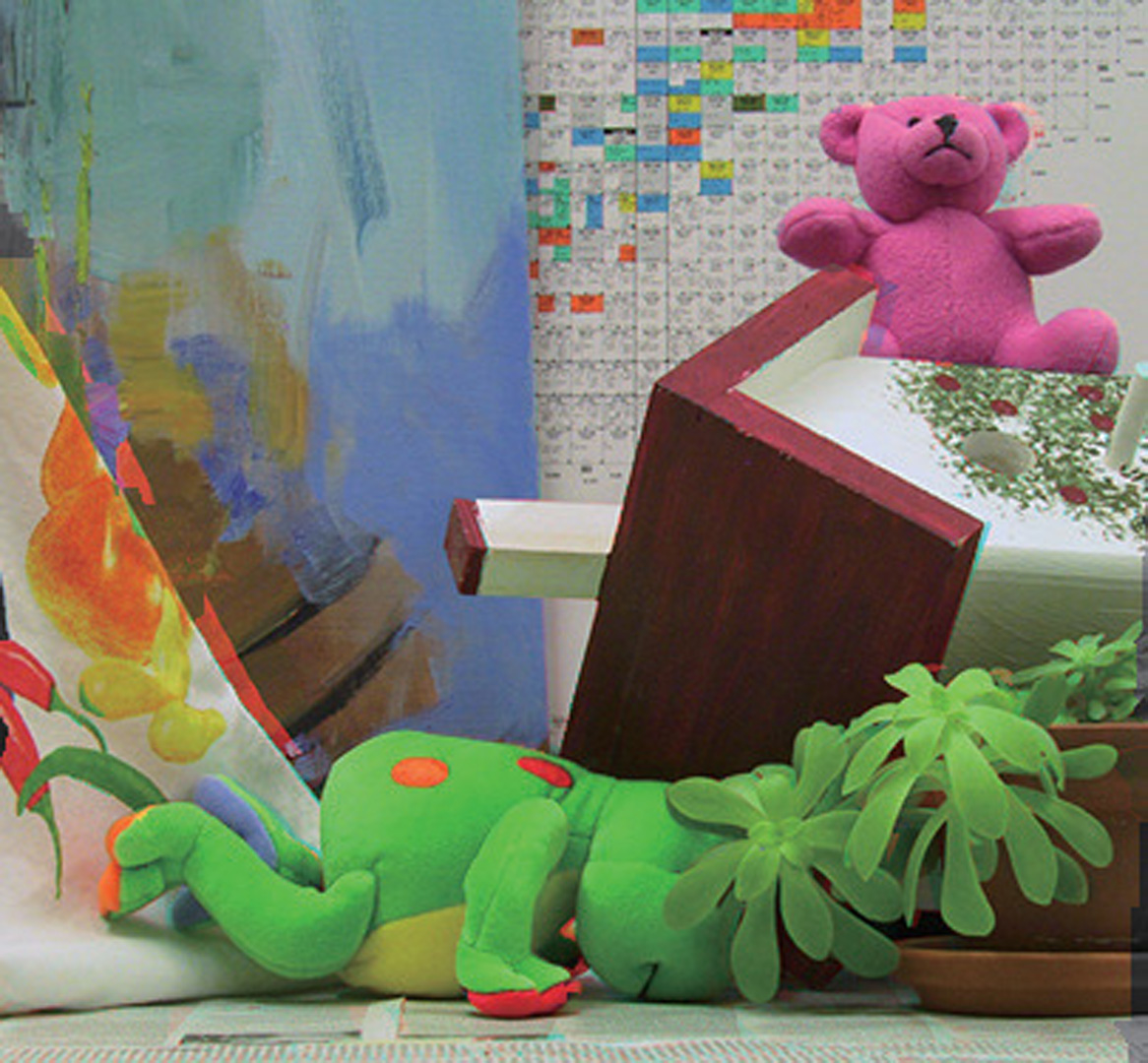“Anaglyph Decomposition using Disparity map” by Cho, Lee and Joo
Conference:
Type(s):
Entry Number: 21
Title:
- Anaglyph Decomposition using Disparity map
Presenter(s)/Author(s):
Abstract:
Anaglyphs are the most primitive way of representing stereoscopic images. As one of the first attempts to produce 3D images, its viewing experience is not as satisfying as later methods but it is still widely used because of its simplicity and compactness. An anaglyph image is created by simply superimposing the red channel of the left image with blue and green channels of the right image. If an anaglyph image can be decomposed into its original left and right images, it can be used for compression as well as for conversion to other, more recent 3D viewing methods.
References:
1. Bando, Y., Chen, B.-Y., and Nishita, T. 2008. Extracting depth and matte using a color-filtered aperture. In ACM SIGGRAPH Asia 2008 papers, ACM, New York, NY, USA, SIGGRAPH Asia ’08, 134:1–134:9.
2. Lin, H.-S., Zheng, C.-L., Lin, Y.-H., and Ouhyoung, M. 2012. Optimized anaglyph colorization. In SIGGRAPH Asia 2012 Technical Briefs, ACM, New York, NY, USA, SA ’12, 9:1–9:4.
3. Zabih, R., and Woodfill, J. 1994. Non-parametric local transforms for computing visual correspondence. In Proceedings of the third European conference on Computer Vision (Vol. II), Springer-Verlag New York, Inc., Secaucus, NJ, USA, ECCV ’94, 151–158.
Keyword(s):
Acknowledgements:
This work was supported by the National Research Foundation of Korea (NRF) grant funded by the Korea government (MEST) (No. 2012-0008768).





